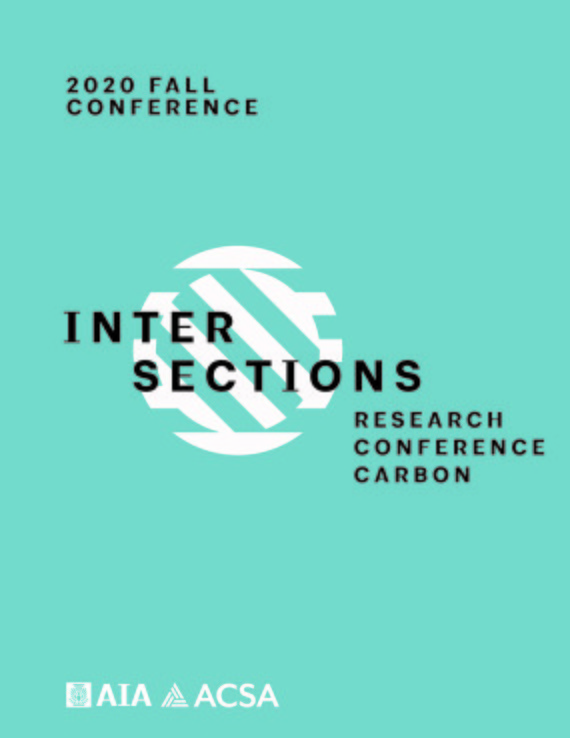Author(s): Stephanie Davidson
This presentation documents in-progress design research in temporary, biodegradable structures. The experimental, thin-shell monocoque structures have been cast using a variety of cellulose-based materials, and represent a sampling of the outcome of a studio taught at three different architecture schools. The work and the process of making the work serves as an example of how designers can take responsibility for both where the materials that they choose come from, and also, where they end up. Made of exclusively recycled paper and fabric pulp, the structures have the capacity to biodegrade completely. The idea for the experimental structures came from witnessing the dumpsters overflowing with models and scrap material at the end of each semester. The conviction underlying the work is that mindful handling of resources should begin in architectural education if it is going to successfully make its way further into the discipline, profession and construction industry. Beyond handling the materials directly, students gained insight into the microstructures of the materials through the tools and knowledge offered by Peter Bush, material scientist and director of the microscopy lab at the State University of New York at Buffalo. The design task shows students how materials are responsive and constantly changing; they are not static, fixed objects. Paper is a particularly ephemeral material, highly vulnerable to moisture. Designing something with an intentionally short lifespan, and witnessing how it can break down and decay, introduces students to the transformative nature of materials, and shows how degradation and eventual decay could be a design strength. The projects are unique in that they expose students to an entire lifecycle of a full-scale spatial project, from conception through fabrication and finally, decay and complete disintegration. The process of decay and disintegration is studied with the same rigor and emphasis as the fabrication methods, through cast swatches. Because the work – both process and final, full-scale structures – is completely biodegradable, the studio avoids the creation of needless waste.
https://doi.org/10.35483/ACSA.AIA.FallInterCarbon.20.21
Volume Editors
Corey T. Griffin & Erica Cochran Hameen
ISBN
978-1-944214-35-7

 Study Architecture
Study Architecture  ProPEL
ProPEL 
